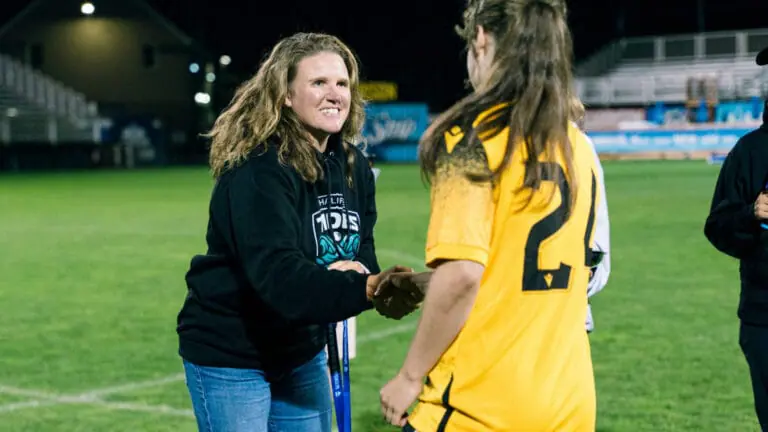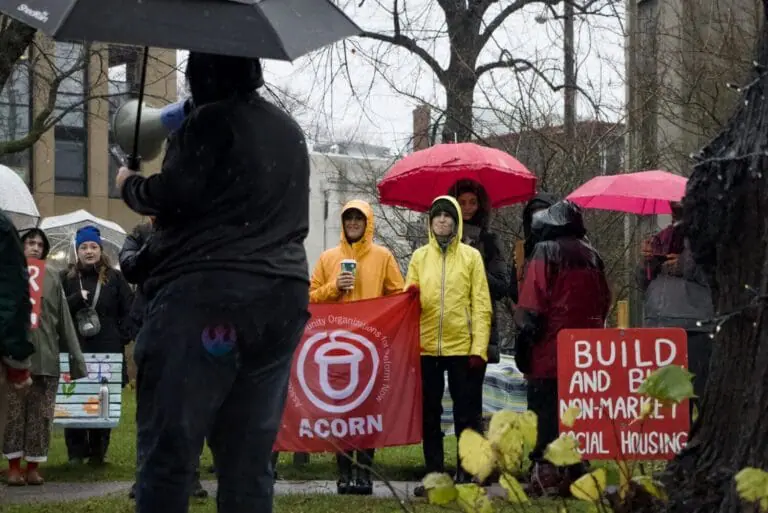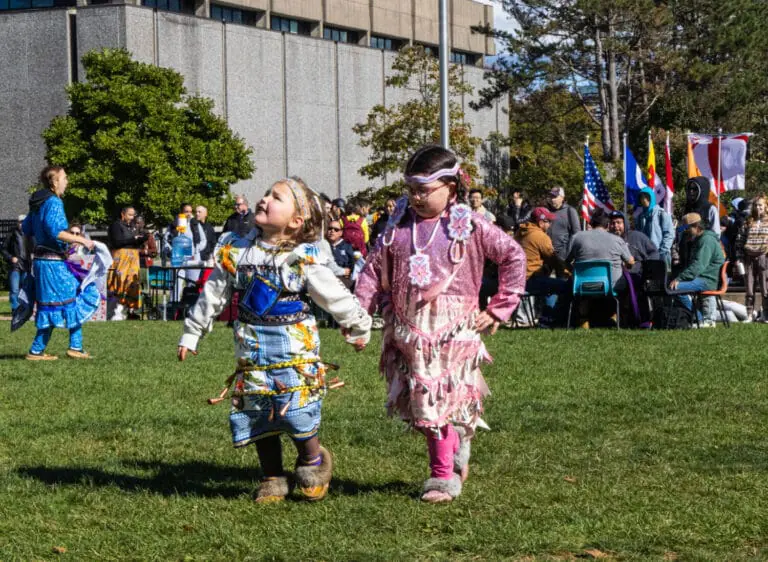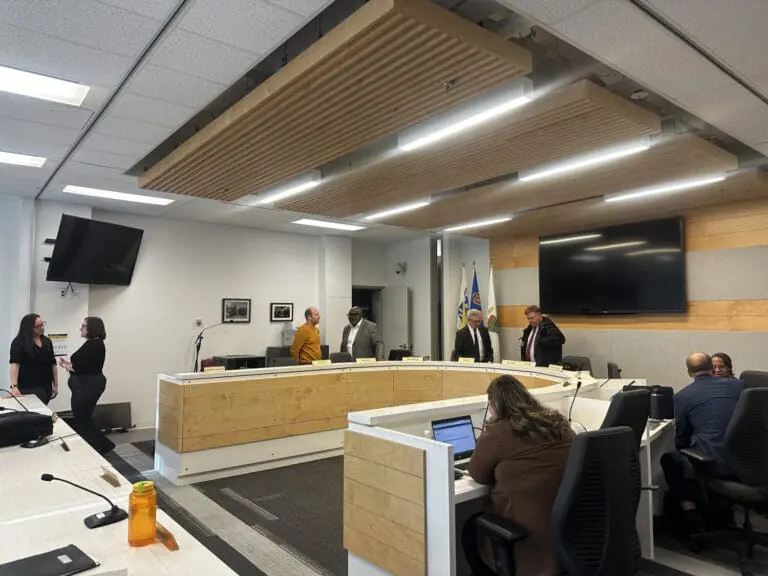Somewhere between daily university lectures, songwriting sessions and a summer of production in her friend’s home studio, University of King’s College student Eliza Rhinelander has been building what she describes as “a capsule of coming of age.”
The 19-year-old singer-songwriter’s debut album, The Precipice, is set to release on Feb. 5, marking the completion of Rhinelander’s first full-length album and the start of a celebration of a project she hopes listeners will identify with. The Carleton is set to host Rhinelander for an album release event on Feb. 9.
“[The album] depicts a lot of intense emotions and feelings of listlessness in the world and not necessarily knowing where you’re going to go or how things are going to turn out,” said Rhinelander. “It’s the sort of moment where you’re standing on the cliff and you’re looking out at all of the possibilities of your life ahead of you. It’s sort of that moment before you take the leap.”
While her earlier music releases have been grounded in folk and singer-songwriter styles, Rhinelander said her new album will embrace a blend of pop, indie, rock and country, while staying true to her folk roots.

Rhinelander wrote the album when she was 17 and 18, during her final year of high school and first year of university, a period she described as one of personal growth and self discovery. She recorded the project this past summer with her friend and producer Silas Bonnell, another young local artist, at his home studio in Dartmouth.
“We really got to bounce off each other,” said Rhinelander. “I really care about every element of the song. The lyrics, the melody and the production needed to come together to tell the story and evoke the feelings I’m trying to [evoke].”
Breaking into the Halifax music scene
Rhinelander, whose mother is a fiddler, grew up amidst the sounds of folk music and started writing her own songs at the age of 15. After posting several original songs on Instagram, Rhinelander caught the attention of Nick Pettipas, who was seeking young artists for the Halifax Urban Folk Festival’s Youth Songwriters’ Circle.
It was during the festival that Rhinelander connected with Bonnell, who offered to produce her first EP Good Old Days, released in May 2024. She said her experience at the Halifax Urban Folk Festival allowed her to meet other like-minded young artists and build lasting connections within the city.
“It was really fun to find people who played other instruments and work together to create arrangements of stuff that I’d written,” said Rhinelander.
She has since played shows at several venues around Halifax, including The Seahorse Tavern, The Carleton, the Wardroom and Gus’ Pub and was nominated for Best Songwriter in The Coast’s Best of Halifax Readers’ Choice Awards in 2023 and 2024.
Finding balance in a busy lifestyle
Rhinelander said that while she’s passionate about continuing her music career, her education remains a priority. Currently in her second year at King’s, Rhinelander is pursuing a degree in early modern studies and theatre studies.
“I’m not going to be one to drop out and move to Nashville and pursue this full-time until I have my degree. I really care about the other things I’m doing as well,” said Rhinelander. “In the meantime, it’s really about putting out what I have to as many people as possible and giving them something to connect with.”
Also actively involved in the Halifax theatre scene, Rhinelander acknowledged having to step back from theatre during the album release cycle to focus on school and music.
“If you have good time management and can prioritize what you want to prioritize, you can get through it and make it happen,” said Rhinelander.
Making music that connects with others
Rhinelander hopes this album will resonate with listeners who have faced similar experiences during their teenage years. She said the ultimate goal in creating music is to forge meaningful connections with others.
“My biggest goal is just to tell stories in an interesting, clear, thought-provoking and interesting way,” said Rhinelander. “Both as a means of expression for myself and also as a means of connecting with people.”










